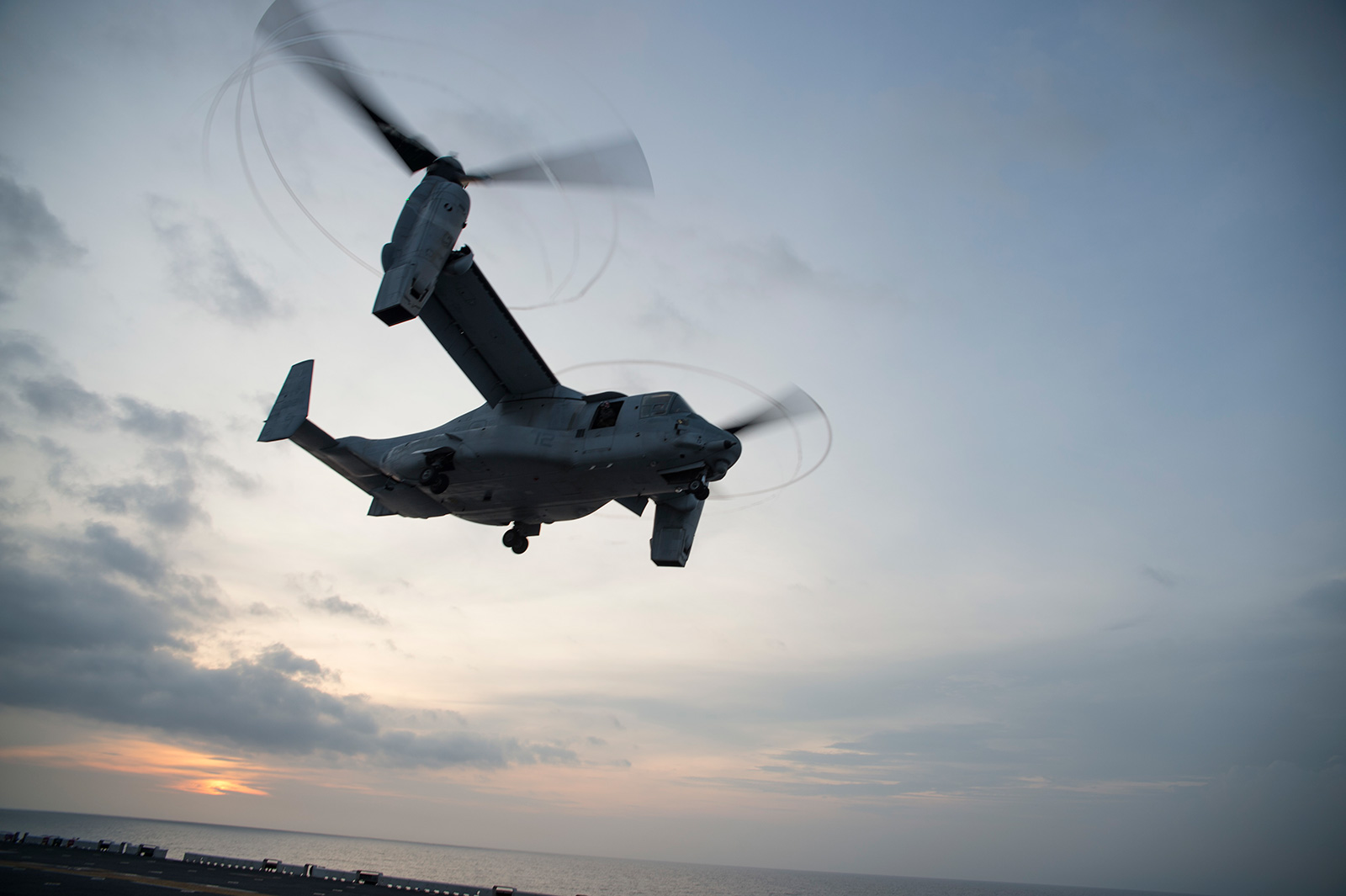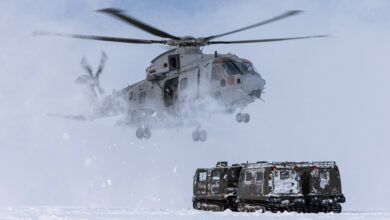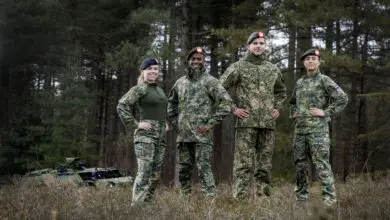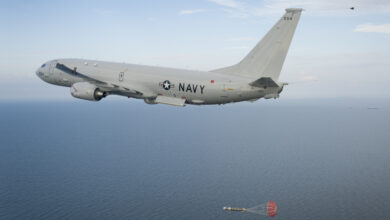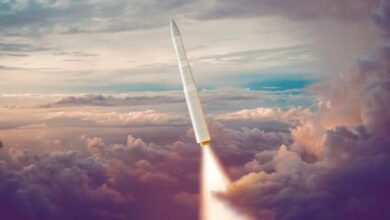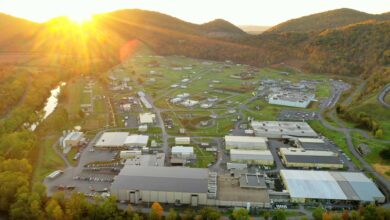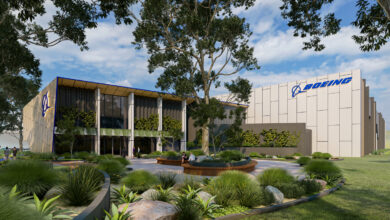DARPA has selected four industry partners to develop a vertical takeoff and landing (VTOL) system that offers more speed than the V-22 Osprey tiltrotor military aircraft.
Called the Speed and Runway Independent Technologies (SPRINT) program, it seeks to design, manufacture, and fly a platform combining high-speed capabilities and runway independence.
The resulting VTOL will serve as a proof-of-concept demonstrator for associated flight test programs and other concepts that can be produced in different aircraft sizes.
In collaboration with US Special Operations Command, DARPA appointed Boeing subsidiary Aurora Flight Sciences, Bell Textron, Northrop Grumman Aeronautical Systems, and Pennsylvania-based Piasecki Aircraft Corporation to complete Phase 1A of the initiative.
Aiming ‘Higher-End Speeds’
According to DARPA, metrics for the prototype require a cruise speed between 400 to 450 knots (740 to 833 kilometers/460 to 518 miles per hour).
In addition, it must be able to sustain maneuvers at relevant altitudes, hover in unconventional environments, and operate on unpaved surfaces.
SPRINT Program Manager Cmdr. Ian Higgins explained in an interview with Defense News that the completed VTOL aircraft could be leveraged for “mobility and logistics operations, personnel recovery, medical transport, and evacuation missions.”
“What we… want to be able to achieve is higher-end speeds,” Higgins stated. “We’re going another 100-plus knots beyond [the Osprey], which itself challenges physics if you were just to use the propulsion system that’s in the Osprey.”

The SPRINT Program
DARPA wrote in the SPRINT announcement in March that the program will cover 42 months.
Phase 1A will run for six months and focus on conceptual design, interface requirements, and a review.
The following phases will involve the design’s maturation, equipment trials, complex simulations, and flight test planning.
The winning team will continue on to a 12 to 15-month phase and pursue the demonstrator’s maiden flight in 2027.

